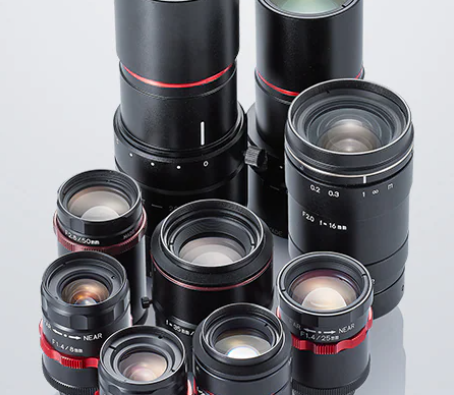
In the evolving landscape of imaging technology, multi-band filters have become essential components—especially in Short-Wave Infrared (SWIR) systems. These filters fine-tune the imaging process by allowing specific wavelengths of light to pass through while blocking others, which enhances image clarity, contrast, and detail. The ability to target precise spectral regions makes them valuable across a wide array of industries, from agriculture to security.
Enhancing Visibility in All Conditions
One of the standout features of multi-band filters is their adaptability across lighting environments. Whether used during the day or at night, these filters help maintain consistent image quality. Their effectiveness in variable lighting makes them a go-to solution for applications such as environmental observation, perimeter security, and precision farming, where high-quality visuals are necessary at all times.
Progress Through Innovation
As SWIR technology advances, so does the potential of multi-band filters. Researchers are developing new materials and filter designs aimed at pushing the limits of what imaging systems can achieve. These developments not only enhance existing applications but also pave the way for new, high-impact solutions.
In the security sector, for example, enhanced imaging systems can detect threats even in low-visibility conditions. In agriculture, the technology supports better crop management through detailed imaging of plant health. For the food industry, it enables highly accurate inspection of products, reducing contamination risks and improving quality assurance.
Diverse Applications in Real-World Settings
1. Food Safety Monitoring
Using SWIR imaging in combination with multi-band filters allows inspectors to detect subtle differences in food composition. These filters reveal how water, fats, and proteins absorb light, making it easier to identify impurities or inconsistencies. This results in safer, more consistent food products.
2. Surveillance and Security
Filters used in SWIR-based surveillance improve image quality in difficult conditions like fog or rain. By reducing glare and enhancing contrast, they allow security teams to capture clearer visuals and make quicker, more informed decisions during critical situations.
3. Smart Agriculture
In modern farming, these filters help assess the external condition of produce and identify surface defects. By analyzing details such as wax coatings on fruit, farmers can fine-tune harvesting schedules and post-harvest processes, leading to less waste and better yields.
4. Crop Analysis
SWIR imaging aids in distinguishing between plant species and determining crop health. With the help of multi-band filters, farmers can more effectively monitor soil-to-crop contrast, making it easier to detect issues early and apply targeted treatments.
5. Mapping Water Resources
These imaging systems also excel in identifying the boundaries and distribution of water bodies. By capturing the distinct spectral signature of water, they support environmental research and resource management initiatives, delivering accurate insights into water availability and usage.
Smart Illumination and Imaging Synergy
Another advantage of multi-band filters is their compatibility with LED-based lighting systems. By coordinating filters with specific LED wavelengths, users can create flexible imaging setups tailored to diverse needs. This approach reduces the reliance on multiple cameras or complex setups and allows for compact, mobile solutions.
This synchronized method of illumination and imaging enhances the ability to detect specific materials or surface conditions. It also opens new doors for industries that require portable imaging devices—whether in remote field locations or high-paced lab environments.
Reliable Design and Custom Performance
SWIR bandpass filters are crafted using hard-coated, multi-layer constructions that offer lasting durability. Their design ensures that only the desired wavelengths are transmitted, thanks to precise control over how light waves interfere with each other within the filter layers. The result is efficient performance with clear spectral boundaries.
These filters can also be customized to suit different technical requirements. Whether enhancing detail in medical diagnostics or improving accuracy in defense applications, tailored filters provide optimal outcomes based on each user’s specific goals.
Conclusion
Multi-band filters are driving a new era in imaging, delivering sharper visuals and more insightful data across multiple sectors. Their ability to adapt to environmental changes, combined with advances in SWIR technology and optical coatings, is unlocking possibilities once thought unattainable. As industries continue to demand better imaging performance, these filters will remain a cornerstone of progress—empowering innovation, improving operational accuracy, and supporting discovery in ever more refined ways.












